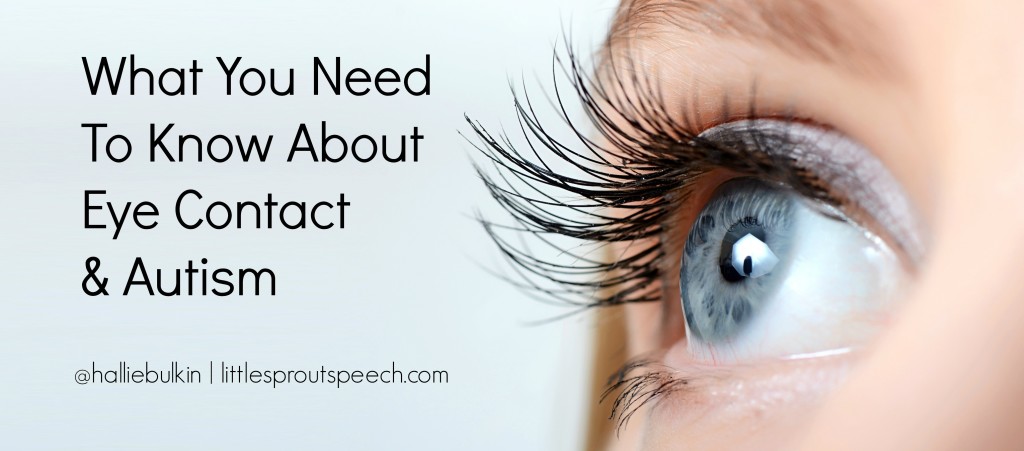The article, “Can an app for Google Glass offer a path out of autism?” by Vijee Venkatrama originally appeared on BetaBoston, March 16, 2015. My response to this article follows.
First of all, I strongly dislike the headline. It suggests that we NEED a path out of Autism, which we DO NOT. Am I saying I want children and their families to suffer? NO! What I am saying is that Autism is not a disease that needs to be wiped off the face of the earth.
There are MANY successful people that live with Autism, whom lead VERY successful lives! As Temple Grandin says, if we wipe out Autism, there would be no more Silicon Valley. You do love technology, iPads/tablets, and Facebook, don’t you? Have you ever stopped to consider the fact that the people that create technology-based gadgets that you enjoy in your every day life, may be brilliant people with autism? No I am not suggesting that everyone in the tech industry is autistic, but amongst those brilliant minds are many brilliant minds that also have autism.
A second issue that I have with this app and this article is that they have NOT done their research. If you follow Temple Grandin or speak to almost any adult with Autism (well, every adult with Autism that I have ever spoken to about this topic) and children who are verbal, they will tell you that making eye contact is PHYSICALLY PAINFUL!
Parents, whether you have a child with or without autism, would you continue to ask your child to play a running sport on a broken leg? No! Why? It would cause them pain! And it just doesn’t make sense. It’s not something we would do!
So why would you ask a child to make eye contact when it physically pains them? Your child may comply because you encourage them to and they have learned that it makes you happy, but that does not mean it is comfortable or painless for them. My request of you is to learn to be okay with NOT asking your child to look you in the eyes.
Here are a few other points to consider:
- There are cultures that do NOT make eye contact when speaking. In some it’s actually considered rude.
- I am not a person with Autism, and I do not always make eye contact when speaking with someone. This is NORMAL!
- Everyone’s level of eye contact made across different situation varies, for people with and without autism, yes for ALL of us.
- When a child with autism is looking at you, because you asked them to, they may actually not be able to think as well as they could if they were looking away from your face. Many can think better when NOT making eye contact. Why rob them of that?
Now that I have voiced my opinion, I will say that I think using technology, google glass included, is a fabulous way to support people with Autism. THAT SAID, it should not be used to suggest a “cure” or “a path out” of Autism.
I stress that making eye contact is not something that needs to be “fixed” in this population of children and adults so I would highly recommend that app developer, Ned Sahin, do his research with the large grants of money he has been handed to develop apps that are useful and worthwhile for people with Autism. We need apps that will truly help (and not physically pain) people!
What is your take on this article and the forced eye contact seen so often with children with autism? Comment below!

